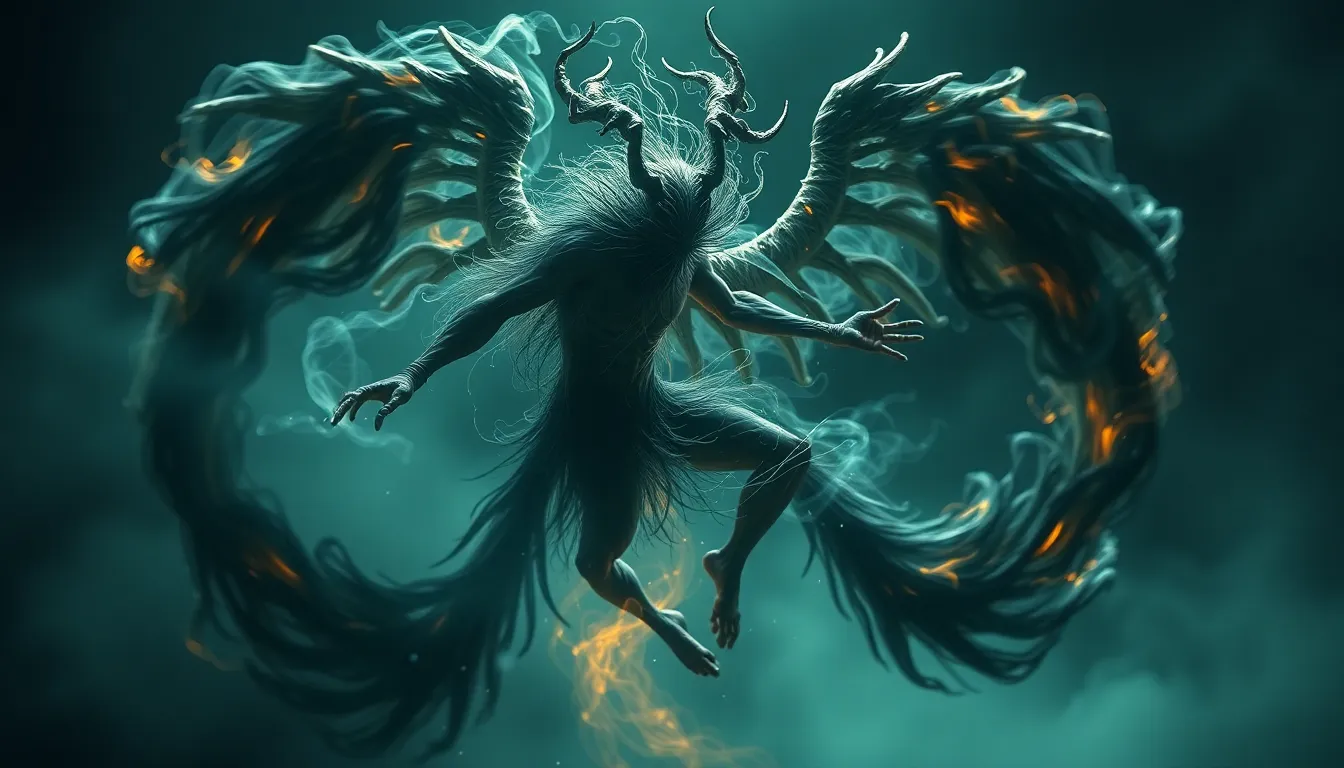„`html
Metamorphosis in myths refers to the profound transformations that characters undergo, symbolizing deeper changes within themselves or their circumstances. These transformations are crucial to storytelling, serving as pivotal moments that can signify growth, conflict, or resolution. This article delves into the dynamic nature of mythic transformations, exploring their historical contexts, archetypes, psychological implications, and modern interpretations.
Historical Context of Metamorphosis
The concept of metamorphosis has roots in ancient myths, where transformation frequently represented a character’s fall from grace or a quest for redemption. In Greek mythology, gods often altered their forms to interact with mortals, highlighting the fluidity of identity and the complexities of human experience. The tale of Daphne, who transformed into a laurel tree to escape Apollo’s advances, symbolizes the tension between desire and autonomy, illustrating how such transformations can encapsulate profound emotional struggles.
Cultural Significance and Archetypes
Across various civilizations, metamorphosis holds significant meaning. For example, in Hindu mythology, Vishnu’s ten avatars illustrate divine transformations that restore cosmic order. Each avatar signifies a different aspect of life and morality, emphasizing the multifaceted nature of identity. Similarly, the trickster figure Coyote in Native American tales embodies adaptability through his shape-shifting nature, reflecting life’s unpredictable dynamics. Such archetypes showcase the universal human experiences of change, resilience, and transformation.
Psychological Perspectives on Transformation
Through a psychological lens, Carl Jung’s theories on archetypes reveal how myths reflect the collective unconscious, with transformations symbolizing inner psychological changes. Characters often confront their fears and insecurities during metamorphosis, leading to significant personal growth. This mirrors our own life experiences, where change is both inevitable and essential for development. In this context, metamorphosis becomes not just a plot device but a mirror of our personal journeys.
The Role of Symbolism and Imagery
Symbolism and imagery play a critical role in portraying metamorphosis within myths. Artists and writers have long utilized these symbols to create powerful imagery that resonates with audiences. For instance, Ovid’s “Metamorphoses” features numerous transformations, emphasizing the fluidity of identity and the interplay between desire and consequence. Understanding the symbolism behind these transformations fosters a deeper engagement with the narrative, allowing audiences to connect intimately with the themes presented.
Contemporary Interpretations
In modern literature and media, mythic transformations continue to resonate with audiences, often reflecting contemporary societal issues. Authors and filmmakers draw upon these narratives to explore themes of identity and change. Films like „Pan’s Labyrinth” and „The Shape of Water” offer transformative experiences that challenge societal norms, embodying both physical powers and emotional awakenings. This trend signifies an enduring fascination with the complexities of identity and the nature of change, reinforcing the relevance of metamorphosis in today’s cultural discourse.
The Interdependence of Nature and Transformation
Nature frequently plays a pivotal role in narratives of metamorphosis, emphasizing the interdependence of characters and their environments. Transformations often occur in response to natural forces, with elements like storms and rivers symbolizing emotional and psychological states. Different cultures interpret these relationships uniquely, illustrating their values and beliefs regarding the natural world. As society evolves, so do the narratives surrounding metamorphosis, leading to innovative interpretations that reflect contemporary issues such as climate change and identity politics.
Conclusion: The Enduring Power of Metamorphosis
In summary, mythic transformations encapsulate the dynamic interplay between identity, culture, and personal growth. From ancient tales to modern adaptations, the theme of metamorphosis remains a powerful narrative device that resonates deeply with the human experience. By examining these transformations, we uncover rich cultural histories and gain insight into our own journeys of change. As we continue to explore these mythic lenses, we enhance our understanding of both personal and collective transformations, enriching our appreciation of storytelling and its impact on our lives.

„`

